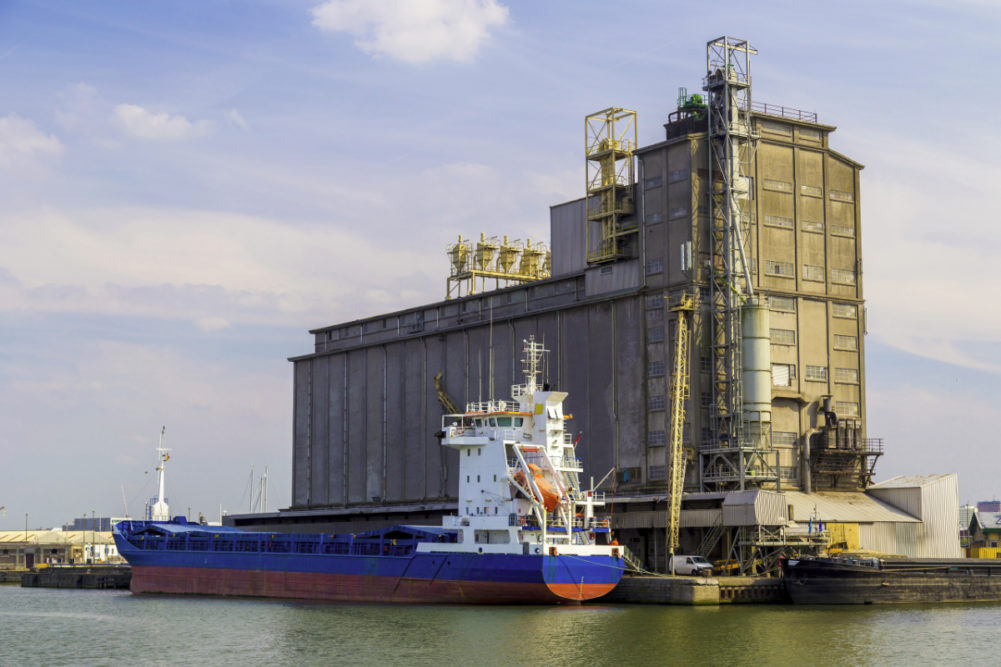ARLINGTON, VIRGINIA, US — The US Congress approved the 2021 omnibus spending bill, including support for inland waterways and port legislation.
The National Grain and Feed Association (NGFA) applauded the approval and how the spending bill will help the United States remain competitive in agricultural exports.
“An efficient waterborne transportation system is crucial for growing the American economy and maintaining and creating US jobs, and is vitally important to the continuing competitiveness of US agricultural exports and their positive contribution to the US balance of trade,” said Bobby Frederick, vice president of legislative affairs and public policy for the NGFA. “Since 2014, each Congress has passed a WRDA (Water Resources Development Act) into law, and NGFA has viewed each bill as an opportunity to enhance US inland waterways and port infrastructure. WRDA 2020 ensures continued investment in US waterways infrastructure, helps bring US waterways infrastructure into the 21st century and will help maintain American agriculture’s competitive transportation advantage against other countries. NGFA commends House and Senate lawmakers for bringing this bipartisan legislation to the point of enactment.”
The WDRA 2020 changes the funding formula for inland waterway projects. Currently, it is set at a 50:50 split. The new cost-share formula for the next decade is set at 65% of funding to be obtained from taxpayer revenues and 35% to from barge diesel tax fees deposited in the Inland Waterway Fund.
The change in funding is estimated to result in an additional $100 million for lock-and-dam renovation, including locks and dams on the Upper Mississippi and Illinois Waterway.
“It is well known that the majority of these locks and dams have outlived their 50-year design life and changing the cost-share is one prudent way to address this problem and bring US waterways infrastructure into the 21st century more quickly,” Frederick said.
It also will allow access to the existing balance of the Harbor Maintenance Fund (HMTF) over a 10-year period to help with port-dredging activities.




